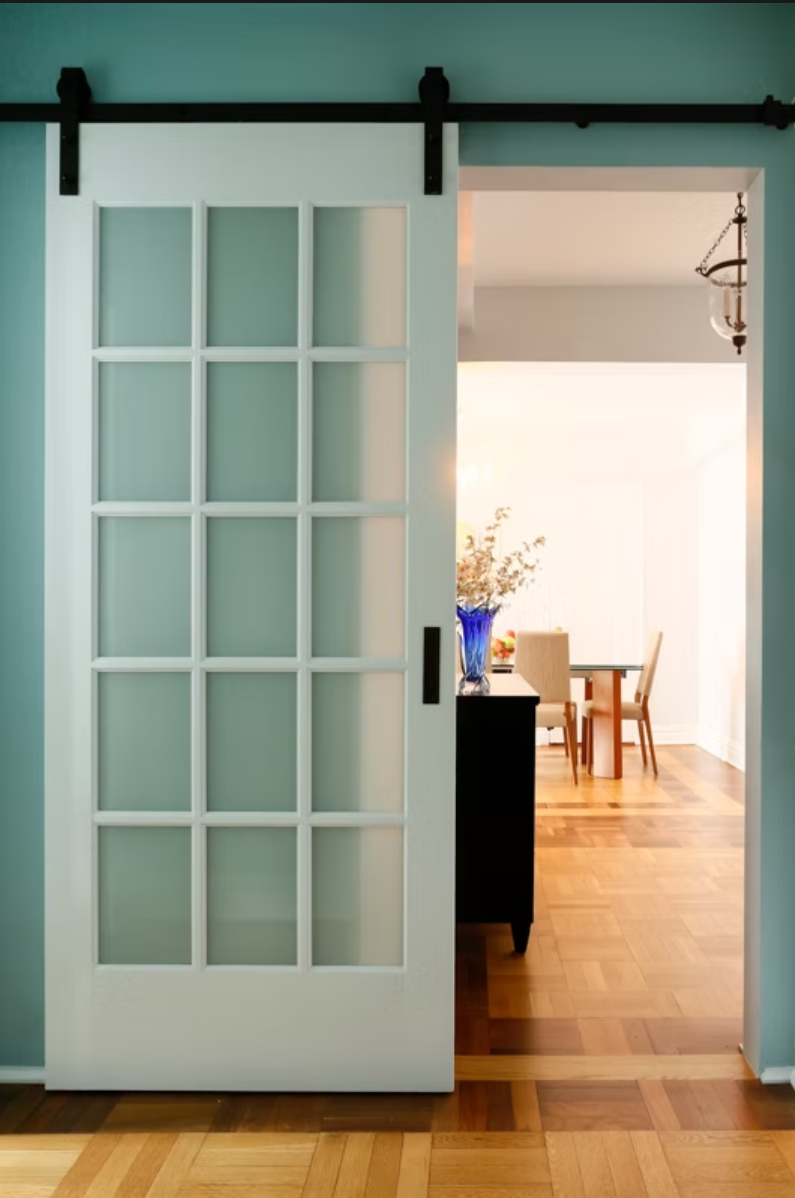Going Green in 2017: The Biophilic Design Movement
- Julie Schuster

- Jan 27, 2017
- 2 min read

The term biophilia means “love of life or living systems” and can be thought of as a reflection of man’s inherent need for nature. It follows, then, that biophilic design is a discipline that inspires the integration of natural materials and renewable resources into the places we live, work, and learn. While it has become abundantly clear that humans require nature in a deep, fundamental fashion, our cities and suburbs are often designed in such a way that both degrades and alienates us from the natural world.
While I’m a firm believer in a holistic approach to design which includes elements of biophilia, building biology, and LEED certified sustainable building, it’s great to see the former enjoying its time in the spotlight. Bill Browning, founding partner of Terrapin Bright Green, often asks the question: “can the buildings we’re designing perform as well as what the ecosystem here is capable of doing?”
Some wonderful examples of biophilic design include:
– The High Line, New York, NY – Now a New York City landmark and tourist hot-spot, the High Line is a famous example of biophilic architecture which masterfully integrates a historic train line with sprawling gardens and public walkways up Manhattan’s west side from the Meatpacking District through to 34th street.
– One Central Park, Sydney, Australia – Built in 2013, this residential/commercial megaplex features hanging gardens which transform the look of the building from a man-made tower of glass and steel, into something living, breathing, natural and organic. Key features include a cantilevered heliostat, low-carbon tri-generation power plant, and an internal water recycling system.
– The Scarlet Hotel, Cornwall, UK – With breathtaking views of the Cornwall coast, the Scarlet Hotel uses large windows and glazed doors to dissolve the division between indoor and outdoor spaces. Abundant natural light helps regulate guests’ circadian rhythms, while the presence of water in and around the hotel maintains a strong connection to the natural world.
– Interior Kroon Hall, Yale University, CT – This eco-friendly hall, at one of America’s most prestigious Ivy League universities, was constructed from natural materials in the form of stone walls and wood roofing. Natural geometric configurations, such as fractals and curves, create a space that brings light, openness and a connection to the natural world.
Whether you’re an interior designer, architect or just love sustainable design, NOW is the time to start getting excited about the biophilia movement. As residents of this earth, we have a shared responsibility to work with nature, not against it, to create beautiful, environmentally conscious spaces. I can’t wait to see where this movement goes over the coming years – watch this space!




The Roofing Contractor Prince George's team was so helpful and communicative throughout the process. They answered all our questions about wood roofing and gave us tips for maintenance. It’s rare to find such friendly and knowledgeable professionals!
Green roofing can turn an unattractive urban roof into an aesthetically pleasing feature. As well as the aesthetic value added, living roofs provide numerous financial benefits. contact roof repair oakland park specialists for more details regarding green roofing.